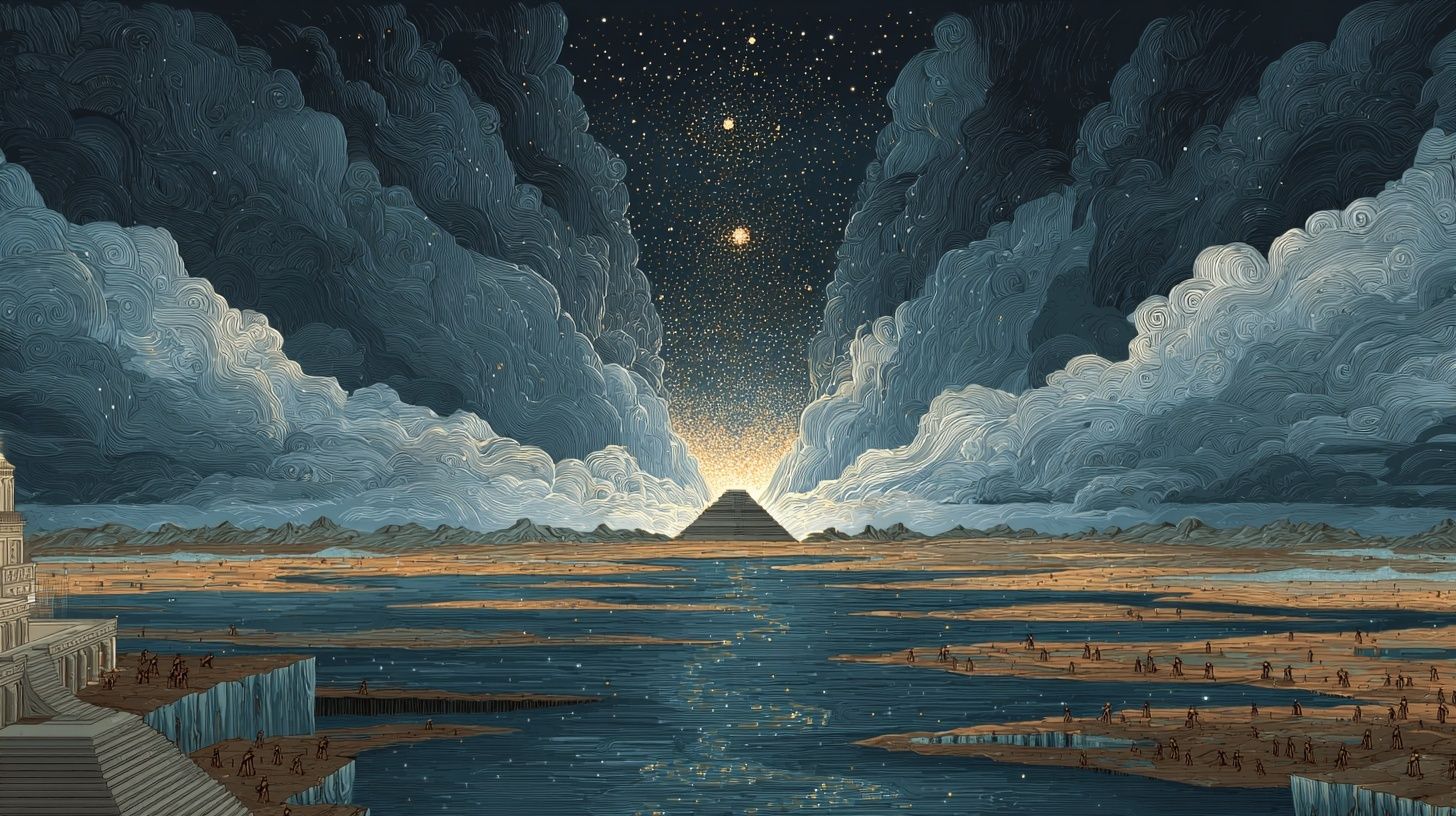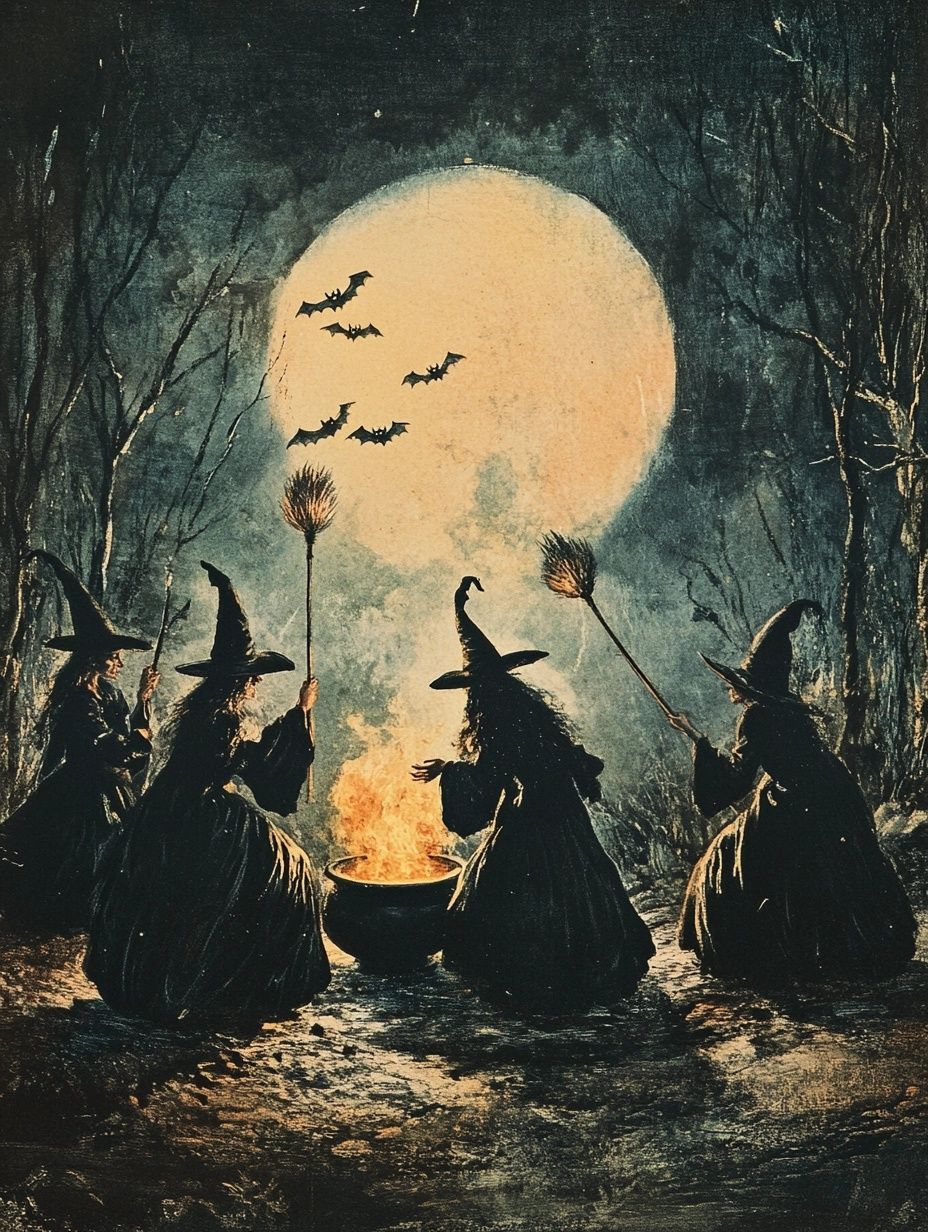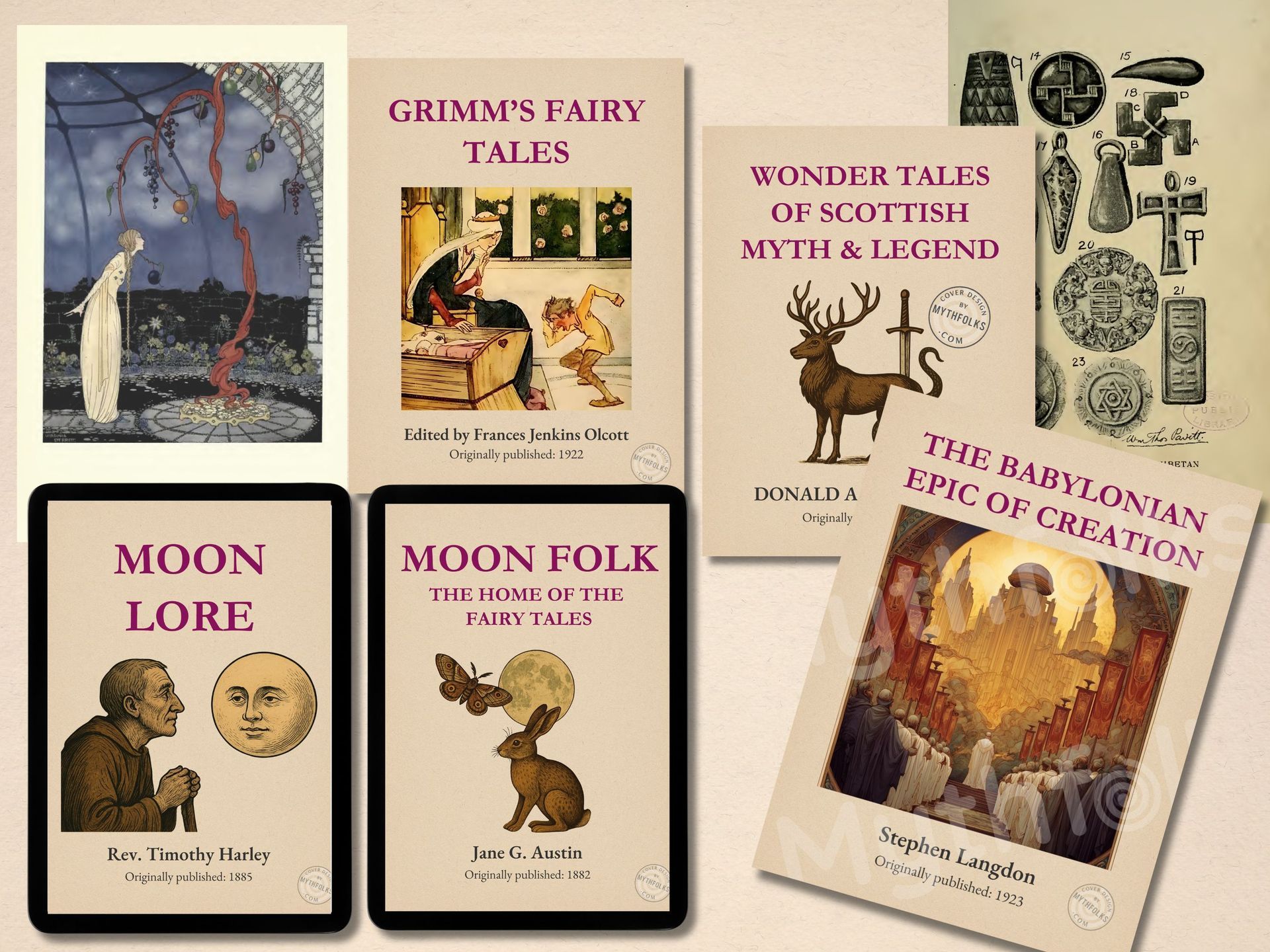Mesopotamian mythology: the "Cradle of Civilization" and the very first stories of man
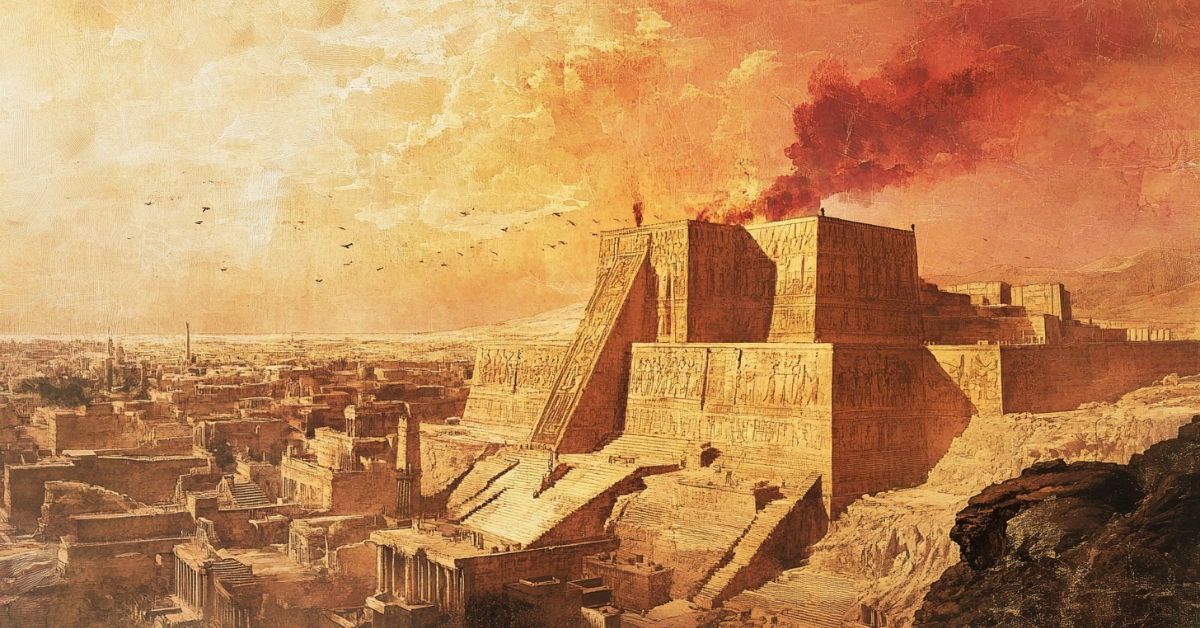
The land between the Tigris and Euphrates rivers - located primarily in modern-day Iraq but with river sources and ancient cultural connections extending into Turkey and Syria - is often called the "cradle of civilization."
This ancient region, known as Mesopotamia, was home to some of humanity's earliest and most influential cultures.
Over thousands of years, a succession of powerful civilizations rose and fell here: the Sumerians, followed by the Babylonians and then the Assyrians.
Each contributed to a very broad collection of myths and folklore stories that shaped their understanding of the world and continue to fascinate us today.
Let's see what they were all about.
Updated: 5th Oct 2025
Author: Sian H.
A brief history of Mesopotamia & its succession of ancient cultures
Getting to grips with Mesopotamian mythology begins with understanding the order in which these powerful civilizations rose and fell:
- The Sumerians (c. 3500 – 2000 BCE): The Sumerians were the first major civilization in Southern Mesopotamia. They were pioneers, establishing the world's first cities like Eridu and Ur, developing advanced irrigation systems, and, crucially, inventing cuneiform writing. This wedge-shaped script, pressed into clay tablets, allowed them to record their laws, history and, most importantly for us, their myths.
- The Babylonians (c. 2000 – 539 BCE): Following the Sumerians, the Babylonians emerged as a dominant power. Their culture was a blend of Sumerian foundations and new Semitic influences. The city of Babylon became a renowned capital and its
patron god, Marduk, rose to become the supreme deity in the Babylonian pantheon. The First Babylonian Dynasty, for example, dates from around 2225 to 1926 BCE.
- The Assyrians (c. 900 – 609 BCE): In Northern Mesopotamia, the Assyrians built a formidable military empire. While they adopted much of the Sumerian and Babylonian culture and religion, they adapted it to their own imperial identity, often centering their worship on their national god, Assur. The reign of King Ashurbanipal, a notable Assyrian ruler, was from about 669 to 625 BCE.
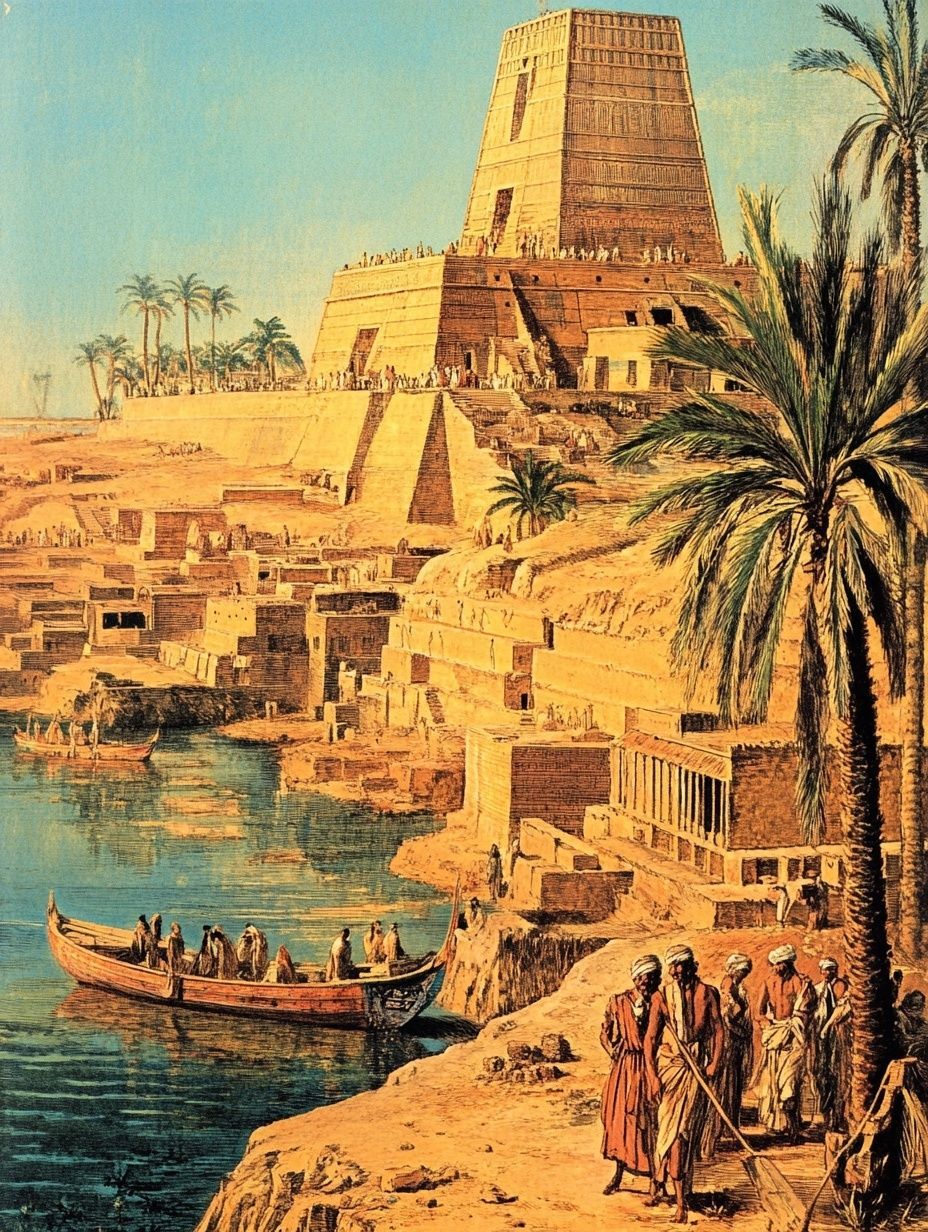
A timeline of Mesopotamia & other ancient civilizations
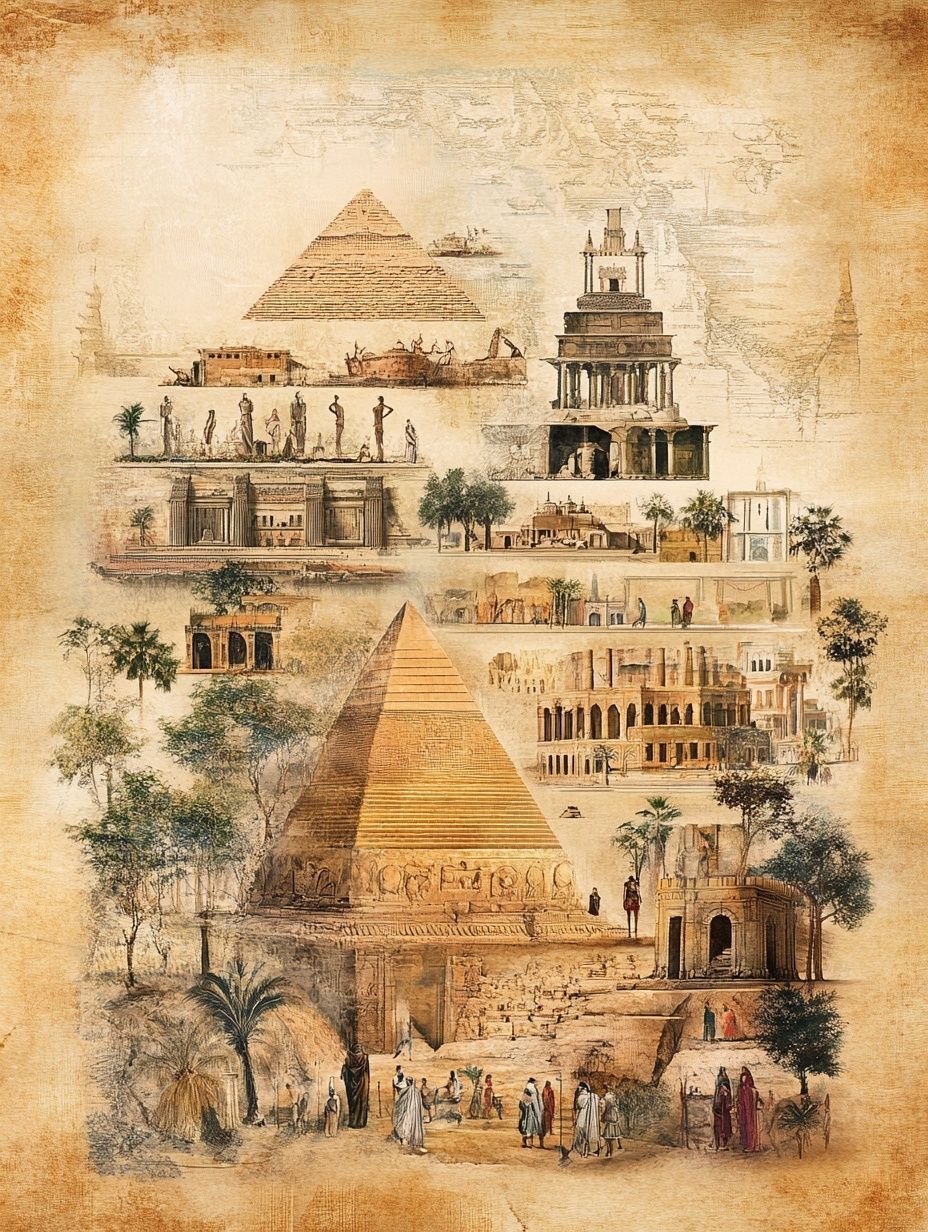
Mesopotamia's impact spread widely. Its civilization, with the Sumerians establishing complex societies and writing systems by around 3500 BC, came before many other famous ancient cultures, including early Greek civilization.
Mesopotamian ideas traveled extensively through trade and cultural exchange.
For instance, cylinder-seals, a distinctive item from Babylonia, appeared in early Egypt and Babylonian literary works were used as textbooks in places like ancient Israel (Palestine) and Egypt long before the time of Moses.
The very concept of writing on clay tablets, and the cuneiform script itself, reached places like Crete (the island in Greece) through a region called Anatolia (modern Turkey), influencing early writing on Crete.
Syria also served as an important link, connecting Mesopotamian civilizations with both Egypt and early Hittite cultures.
What is the connection between Mesopotamia & the Bible?
The connections of this ancient civilisation to the Bible are particularly striking.
Many people are surprised to learn how deeply Mesopotamian stories influenced later cultures, including those found in the Hebrew Bible. Some of the oldest flood narratives, tales of paradise and accounts of humanity's beginnings come from Mesopotamia, appearing centuries, even millennia, before similar stories in the Bible.
For example, Sumerian accounts of a great flood and a "fall of man” - where the outcome was losing their long lifespans and not a punishment for a first sin - existed over a thousand years before the biblical versions.
Even the geographical details of the biblical Garden of Eden, with its Tigris and Euphrates rivers, draw from Mesopotamian ideas about the world.
Beyond the flood and paradise stories, the Code of Hammurabi, a famous set of Babylonian laws, shows clear similarities to the laws of Moses in the Bible, suggesting they may have shared a common legal background.
The idea in Genesis that the world began from a watery chaos directly comes from older Mesopotamian beliefs, especially from the city of Eridu.
While the Hebrew Bible describes creation by one God, unlike Mesopotamia's many gods, the basic ideas of its cosmology - like a deep, watery void and a creative “word" - are clearly Mesopotamian in origin. This shows how Mesopotamian folklore provided a basic structure that later cultures used to build their own unique spiritual and historical stories.
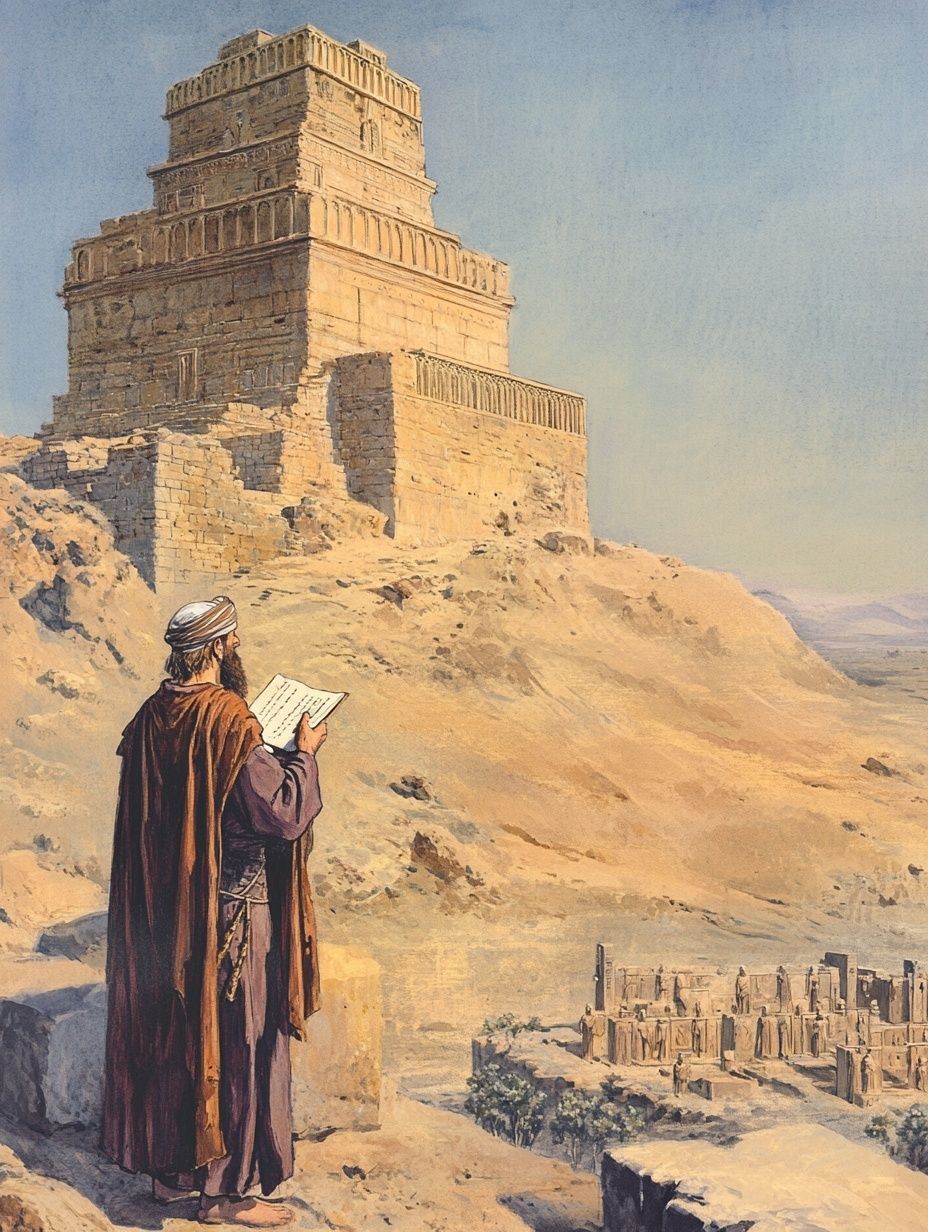
What were the basic early beliefs of Sumer, Babylonia & Assyria?
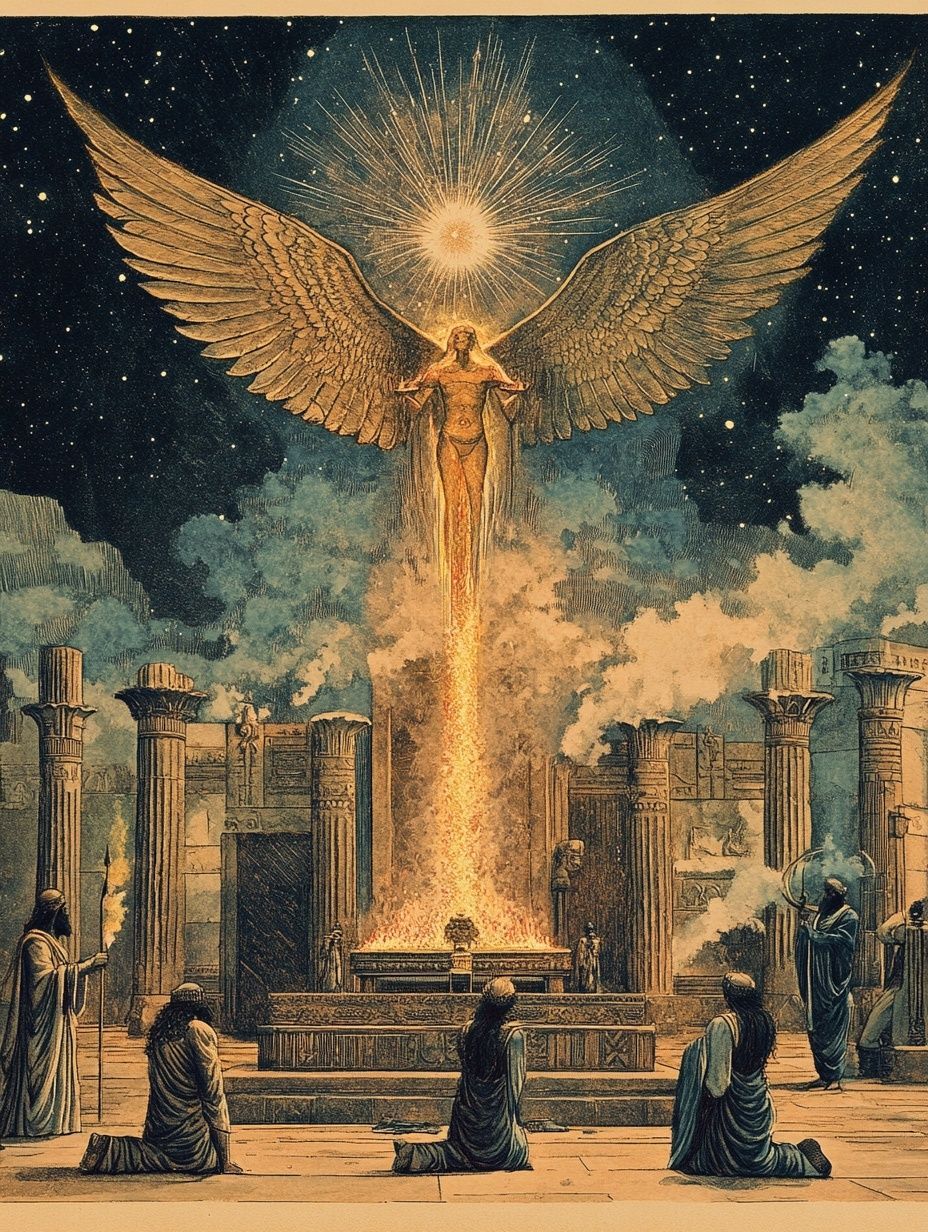
Sumerian beliefs in a nutshell
The Sumerians - the earliest known inhabitants of Southern Mesopotamia - were groundbreaking innovators and their beliefs were rooted in animism, where spirits inhabited natural elements and objects.
This worldview gave rise to their earliest pantheon, with deities like En-lil, the "lord of the ghost-world," and Ea, the wise water god, who was believed to be the source of civilization.
As described above, their myths include those unique versions of a primordial paradise in Dilmun, a great flood that wiped out humanity, and a "fall of man". These Sumerian stories offer a direct link to the earliest forms of universal human stories.
Babylonian & Assyrian beliefs in a nutshell
As new powers emerged, Sumerian traditions were absorbed and transformed. The Babylonians, a culture that blended Sumerian foundations with Semitic influences, developed their own distinct mythological expressions.
Their capital, Babylon, became a major religious center, and its local god, Marduk, rose to supreme power.
The Babylonian Epic of Creation, Enuma Elish, recounts Marduk's epic battle against the chaos monster Tiamat, establishing cosmic order and creating the world and humankind. This story was not merely a narrative; it was a central theological text that justified Marduk's supremacy and was ritually reenacted during their New Year's festivals.
To the north, the Assyrians, a formidable military power, also adopted much of Babylonian culture and religion. Their national god, Assur, often replaced Marduk in their versions of the creation epic, reflecting Assyria's imperial ambitions and a more singular, warlike divine identity. This demonstrates how ancient myths could be reshaped to serve the political and cultural needs of a dominant state.
Common themes in Mesopotamian mythology
Despite their distinct cultural expressions, the Mesopotamian civilizations shared many core mythological themes:
- Cosmic origins: Stories frequently described the universe emerging from a watery chaos, often through a dramatic conflict between divine beings.
- Humanity's purpose: Humans were often created to serve the gods, relieving them of labor and their existence was tied to divine will.
- The Great Flood: A pervasive legend across Sumerian and Babylonian traditions described a catastrophic flood that reshaped the world.
- Divine hierarchies:
Complex groups of gods and goddesses, each with specific domains and responsibilities, governed the cosmos and interacted with the human world.
- Magic and ritual: Belief in magic, incantations and elaborate rituals was deeply ingrained in daily life, used to influence divine powers and ward off malevolent spirits.
- The Underworld: The afterlife was generally depicted as a bleak, shadowy realm, a common fate for all mortals.
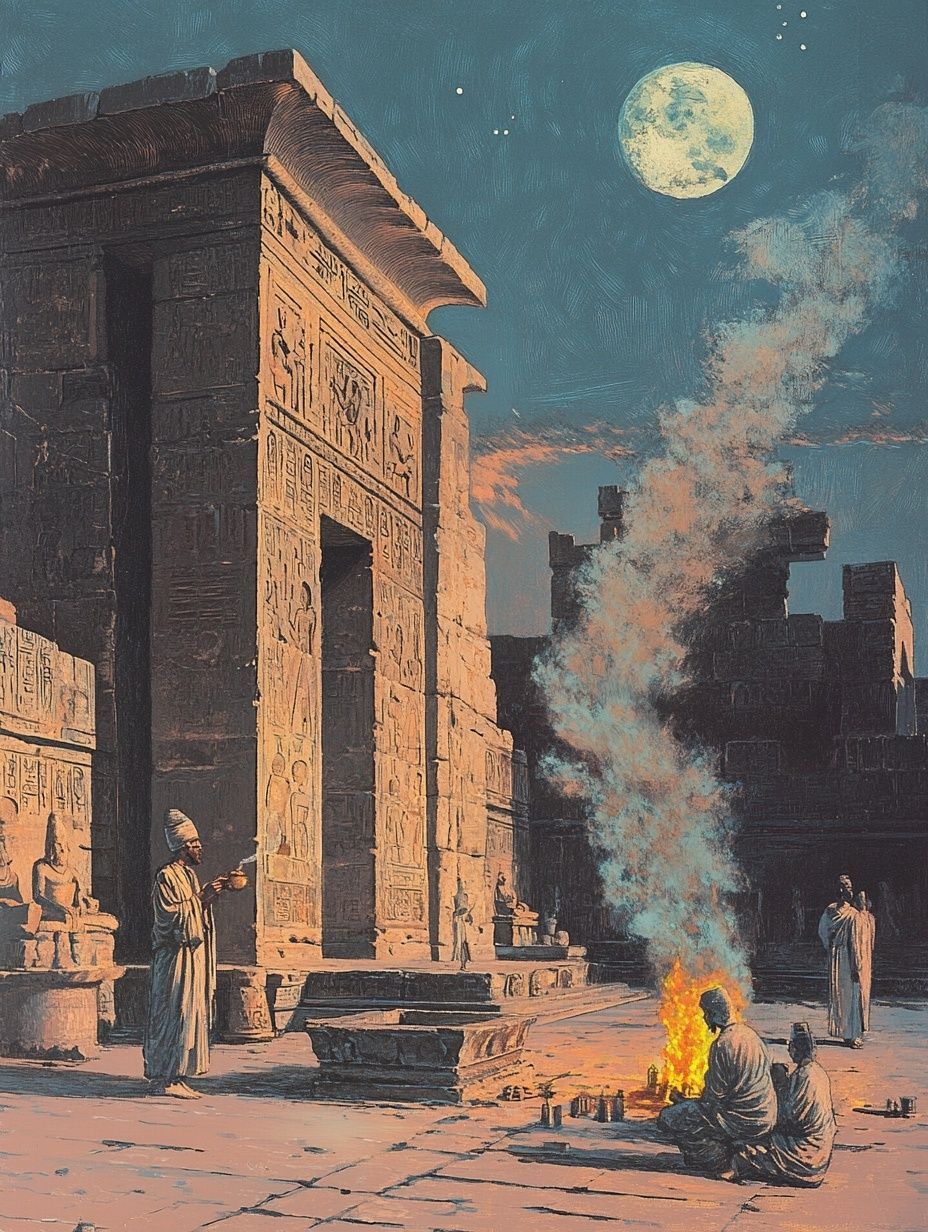
The myths and cultural achievements of Mesopotamia left a lasting mark on the ancient world and beyond. Their writing system, legal principles, and cosmological ideas spread through trade and conquest, impacting neighboring regions like Syria and Canaan.
Many of their narratives, particularly the creation and flood stories, bear striking resemblances to later traditions, including those found in Hebrew scriptures. Even elements of their practical knowledge, such as the sexagesimal system for measuring time and angles and the concept of the Zodiac, are inheritances from ancient Babylonia.
Exploring Mesopotamian mythology means connecting with the very origins of human storytelling and belief. These ancient tales offer us a look at historical facts, but also glorious insights into how our ancestors understood the world, their gods and themselves and they're a testament to the enduring power of the folklore that continues to shape cultures and inspires generation after generation.
Article sources
- Langdon, S. The Babylonian Epic of Creation: Restored from the Recently Recovered Tablets of Aššur. Oxford: At the Clarendon Press, 1923.
- Langdon, Stephen. Sumerian Epic of Paradise, the Flood and the Fall of Man. Philadelphia: The University Museum, 1915.
- King, Leonard W. A History of Sumer and Akkad: An Account of the Early Races of Babylonia from Prehistoric Times to the Foundation of the Babylonian Monarchy. London: Chatto & Windus, 1910.
- Budge, E. A. Wallis. Babylonian Life and History. 2nd ed. London: The Religious Tract Society, 1925.
- Sayce, Archibald Henry. The Religions of Ancient Egypt and Babylonia: The Gifford Lectures on the Ancient Egyptian and Babylonian Conception of the Divine. Edinburgh: T. & T. Clark, 1902.
You might also like
The famed Enuma Elish gave global folklore a fascinating take on the earliest beliefs of man. Discover more here.
From ancient myths to the famous witch trials, take a step back in time and take a quick tour through witch folklore.


